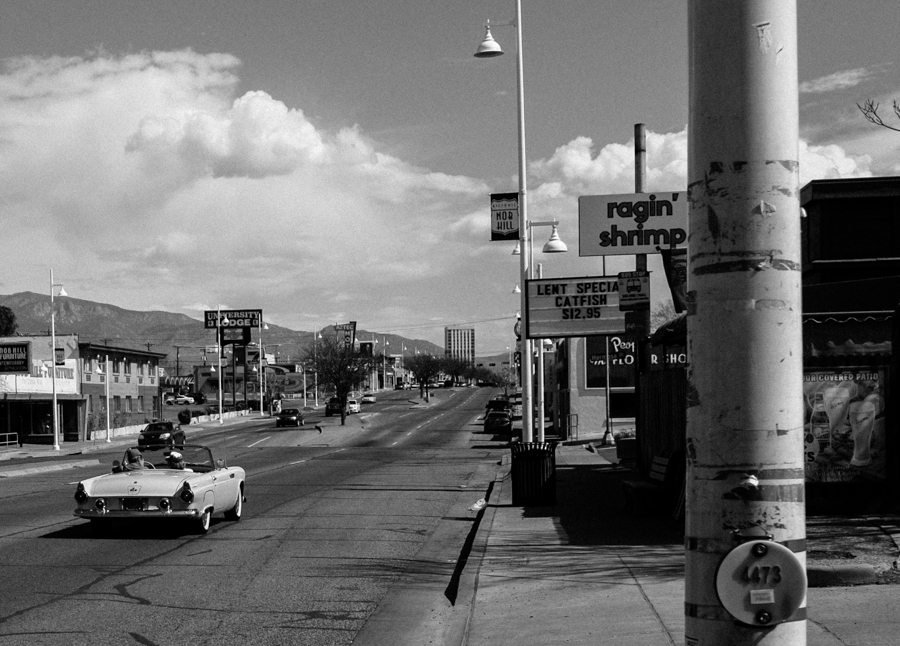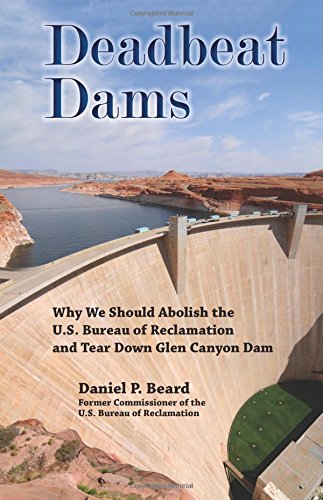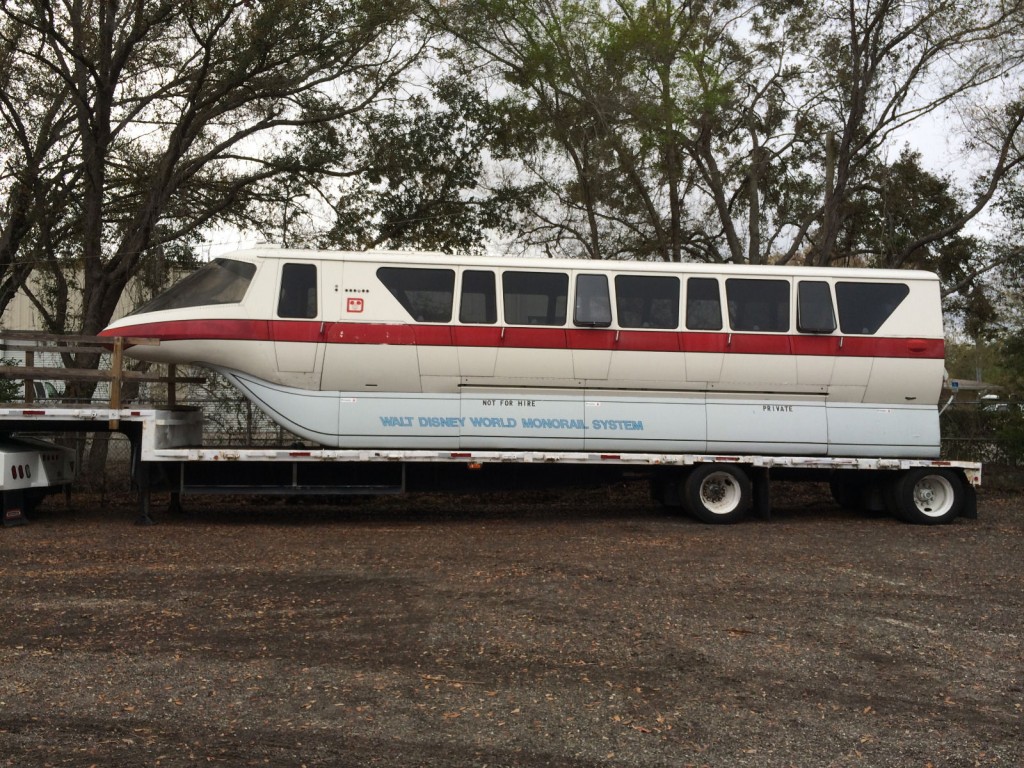The little town of Huron, California (Fresno County, population 7,000) is on the brink of running out of water. Its plight to illustrates a broader point about “running out of water”.
First, its story courtesy of the Central Valley News, which reports that Huron could run out of water by July:
Huron, a rural farming community, receives its water from a direct contract with the U.S. Bureau of Reclamation.
Just like farmers around the state, dealing with little water for their crops, the 7,000 people of Huron are facing a similar water crisis….
Last year, Huron received 50 percent of its water allocation bringing it through November, according to Betsy Lichti, district engineer with the Fresno Division of Drinking Water of the State Water Resources Control Board.
This year, Castro said, the outlook is far worse.
In following drought and the resulting water shortfalls, it’s important to be carefully attentive to who, specifically, is at risk of running short of or out of water, and why. The city of Huron, and its comparison to other California municipal and farm water users, illustrates what I think is an important shortcoming of UC Irvine/JPL scientist Jay Famiglietti’s LA Times analysis of California’s water problems. To say California “has about one year of water stored,” (as the revised headline points out), and Jay’s suggested policy response (“immediate mandatory water rationing … across all of the state’s water sectors”) treats “California water” as one giant bucket and suggests a “one giant bucket” solution.
But the Huron story, and a look at other places that aren’t running out, suggests that we’ve really got a thousand smaller buckets in various stages of “running out” (or not). Water management happens at the scale of those thousand buckets. The new Public Policy Institute of California drought report makes this point nicely:
Thanks to substantial investments following the 1987–92 drought—and despite the addition of more than 8 million new residents since that time—most large urban areas have experienced only modest water shortages so far. Drought resilience improvements included new surface and underground storage, new interconnections that enable supply sharing with neighboring agencies, expanded use of recycled wastewater and stormwater, and water purchases. In addition, low-flow plumbing fixtures and appliances and changing behavior have reduced per-capita water use in most urban areas. In contrast, several large communities and numerous small, rural communities relying on a single source (often groundwater) experienced severe shortages. Some required emergency aid from the state.
Huron, dependent on the San Luis Project bucket to deliver its water, didn’t diversify its supply. Now the San Luis bucket is empty, and it’s screwed. Farmers who depend on the San Luis bucket have a bit more flexibility. They can fallow a field if there’s no water to irrigate it. You can’t fallow a city.
There are some water policy moves that have to happen at the scale of the state of California as a whole (the PPIC report suggests a number of good ones), but the hard work of responding to drought has to happen one bucket at a time.



